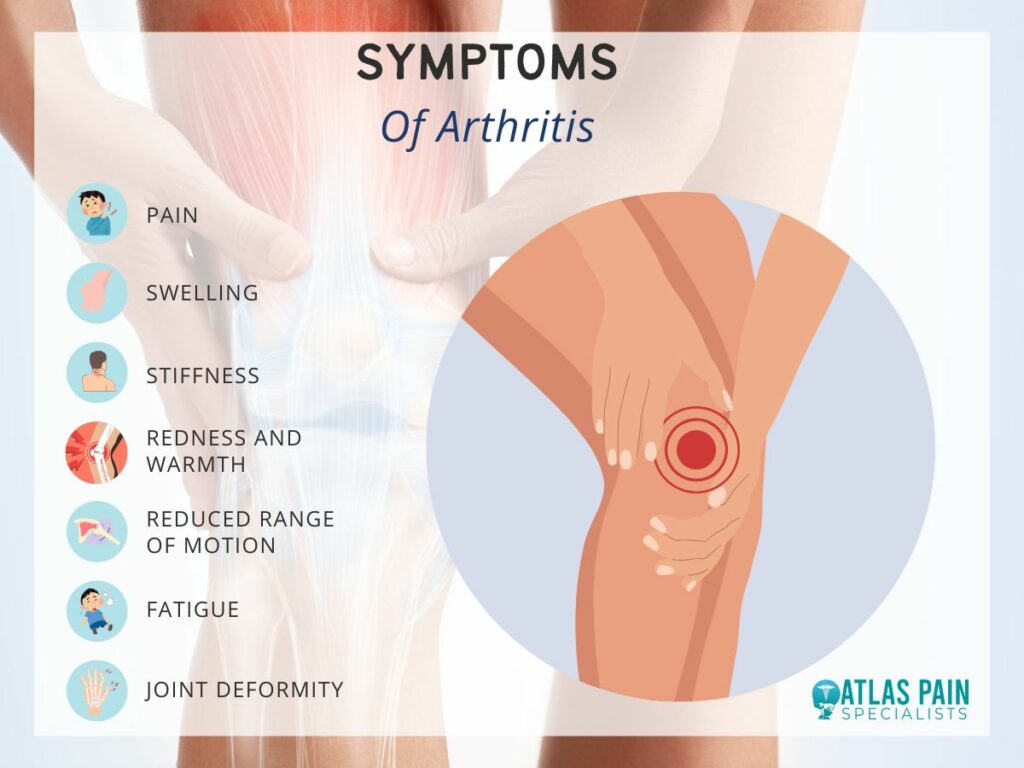

Does Cracking Your Back Cause Arthritis
The belief that cracking your back can lead to arthritis is a common myth that lacks scientific support. Many people enjoy the relief that comes from this action, often attributed to the release of gas from joints rather than any structural damage. While occasional cracking may not pose significant risks, it’s essential to be mindful of underlying conditions that could be aggravated by this habit.
Understanding the truth behind back cracking can help alleviate concerns and promote healthier practices for spinal care.

Understanding Back Cracking
Back cracking is something many people experience, either intentionally during stretches or unintentionally during daily movements. The sound it makes can be satisfying, but it also leads to questions about what’s happening in the body when it occurs. More importantly, some people worry that frequent back cracking can cause long-term problems like arthritis. Let’s break down the truth behind back-cracking and separate the myths from the facts.
So what Causes the Cracking Sound? The cracking sound you hear when you twist or stretch your back is not bones grinding against each other. Instead, it’s the release of gas bubbles in the fluid that surrounds your joints. This fluid, known as synovial fluid, acts as a lubricant, helping your joints move smoothly. When you stretch or apply pressure to a joint, the gas in the synovial fluid can be released, causing that familiar popping sound. It’s a completely normal occurrence and happens with many joints in the body, not just your back.
Is Cracking Your Back Safe? In general, occasional back cracking is considered safe, especially when it happens naturally as you stretch or move. However, forcing your back to crack or doing it excessively can potentially cause strain. It’s important to listen to your body and avoid putting too much pressure on your joints. If you’re constantly needing to crack your back to relieve discomfort, it may be a sign of an underlying issue that needs professional attention.
Myths Surrounding Back Cracking
Back cracking is often surrounded by myths that can lead to misconceptions about its effects on joint health. Understanding the truths behind these myths can help clarify the impact of back cracking on the body.
Myth 1: Back Cracking Causes Arthritis
One of the most common myths about back cracking is that it leads to arthritis. However, there’s no scientific evidence to support this claim. Cracking your back does not cause arthritis, and the sound has no connection to joint damage. Arthritis is a condition that involves inflammation of the joints, often caused by factors like genetics, injury, or wear and tear over time—not by cracking.
Myth 2: Cracking Joints Means Something Is Wrong
People sometimes associate cracking sounds with injury or joint problems, but this isn’t the case. As mentioned earlier, the sound is simply gas escaping from the joint fluid. Unless cracking is accompanied by pain or swelling, it’s generally nothing to worry about. In fact, many people experience joint cracking without any discomfort or negative effects.
Myth 3: Back Cracking Leads to Permanent Damage
Some believe that frequently cracking your back will lead to long-term damage or misalignment of the spine. While excessive back cracking could potentially cause strain if done incorrectly, the occasional, natural cracking that happens during movement is harmless. The key is moderation and avoiding putting too much force on your joints.
When Should You Be Concerned?
While occasional back cracking is normal, there are times when you should pay closer attention. If you experience pain, swelling, or a limited range of motion along with cracking, it could be a sign of a more serious issue. In these cases, it’s a good idea to consult a healthcare professional, such as a chiropractor or physical therapist. They can assess your condition and provide appropriate guidance.
If you’re worried about back discomfort or cracking, there are simple ways to maintain good back health. Regular exercise, stretching, and maintaining proper posture can go a long way in keeping your spine and joints in good shape.
Potential Risks of Cracking Your Back
While the occasional back crack is not harmful, there are potential risks if back cracking becomes a habit or is done incorrectly. Forcing your back to crack or doing it too often could lead to strain or even injury over time. If you’re constantly cracking your back to relieve discomfort, it could signal a deeper issue that requires attention.
- Overstretching and Strain: One of the risks of habitual back cracking is overstretching your muscles and ligaments. When you crack your back repeatedly, you may begin to rely on this action for temporary relief, but it doesn’t address the underlying cause of stiffness or discomfort. Over time, this can lead to strain in the muscles and ligaments around your spine.
- Risk of Misalignment: Another potential issue is spinal misalignment. If you’re using improper techniques to crack your back, especially if you’re applying too much force, you might risk shifting your spine out of its natural alignment. This can lead to pain and discomfort in the long run. If you feel the need to crack your back frequently, it’s a good idea to consult a healthcare professional, such as a chiropractor, who can assess your spinal health and provide safe techniques for relief.
Benefits of Professional Chiropractic Care
Cracking your back can feel satisfying, but it’s often a temporary solution that doesn’t address the root cause of discomfort. If you're dealing with frequent back pain or stiffness, professional chiropractic care offers a better, more effective long-term solution.
Chiropractic care focuses on improving the health of your spine and joints, providing relief, and preventing future issues. Here, we’ll explore the benefits of chiropractic care and why it might be a better option than self-cracking your back.
Natural and Non-Invasive Pain Relief
One of the most significant benefits of chiropractic care is that it offers natural, non-invasive pain relief. Chiropractors use manual adjustments to realign the spine and relieve pressure on nerves, muscles, and joints. This approach treats the root cause of pain rather than just masking the symptoms with medication. Chiropractic adjustments help improve the body’s overall function, reduce pain, and promote healing without the need for surgery or drugs.
Improved Flexibility and Mobility
Chiropractic care also improves your body’s flexibility and mobility by addressing misalignments in the spine and joints. When your spine is properly aligned, your range of motion increases, allowing you to move more freely.
This can be particularly beneficial for people who experience stiffness, limited mobility, or discomfort while performing everyday tasks. If you’re recovering from an injury or simply dealing with age-related wear and tear, chiropractic care can help restore flexibility and make it easier to stay active.
Preventative Care for Long-Term Health
Chiropractic care isn’t just about treating pain—it's also about preventing future problems. Regular chiropractic visits can help detect and correct spinal misalignments before they lead to more serious issues. Chiropractors also provide guidance on exercises, stretches, and lifestyle adjustments that support your spine health and overall wellness. This holistic approach can reduce the risk of injury, improve posture, and enhance your quality of life.
By addressing potential issues early, chiropractic care helps you avoid the need for more invasive treatments later on. It’s a proactive way to maintain your health and prevent chronic pain from becoming a problem.
Pain Management for Arthritis Sufferers
While cracking your back does not cause arthritis, it can provide temporary relief from discomfort. However, for those already suffering from arthritis, managing pain effectively is crucial. As we transition to our next topic on pain management for arthritis sufferers, it's essential to explore various strategies and treatments available.
Understanding these options can empower individuals to alleviate their symptoms and improve their quality of life, ensuring they can engage in daily activities with greater ease and comfort.
When to Seek Medical Advice
While chiropractic care can be an excellent option for many people, there are times when you should seek medical advice before continuing or starting treatment. If you’re experiencing severe or persistent pain, numbness, tingling, or weakness, it’s essential to consult a doctor. These symptoms could indicate a more serious condition, such as a herniated disc or nerve damage, that may require additional medical attention.
Your chiropractor will work with you to determine the best course of action, and if necessary, they may refer you to a specialist for further evaluation and treatment.
Alternatives to Cracking Your Back
If you often crack your back to relieve discomfort, it’s important to know that there are healthier alternatives that can provide longer-lasting relief. Stretching exercises, yoga, and low-impact activities like swimming or walking can help keep your back flexible and reduce tension. These activities not only relieve stiffness but also promote better posture and overall spine health.
Chiropractic care is another excellent alternative to self-cracking. Regular adjustments ensure that your spine is properly aligned, reducing the need to crack your back. This approach provides relief without the risk of strain or injury that can occur when you force your back to crack.
About Dr. Sean Ormond



